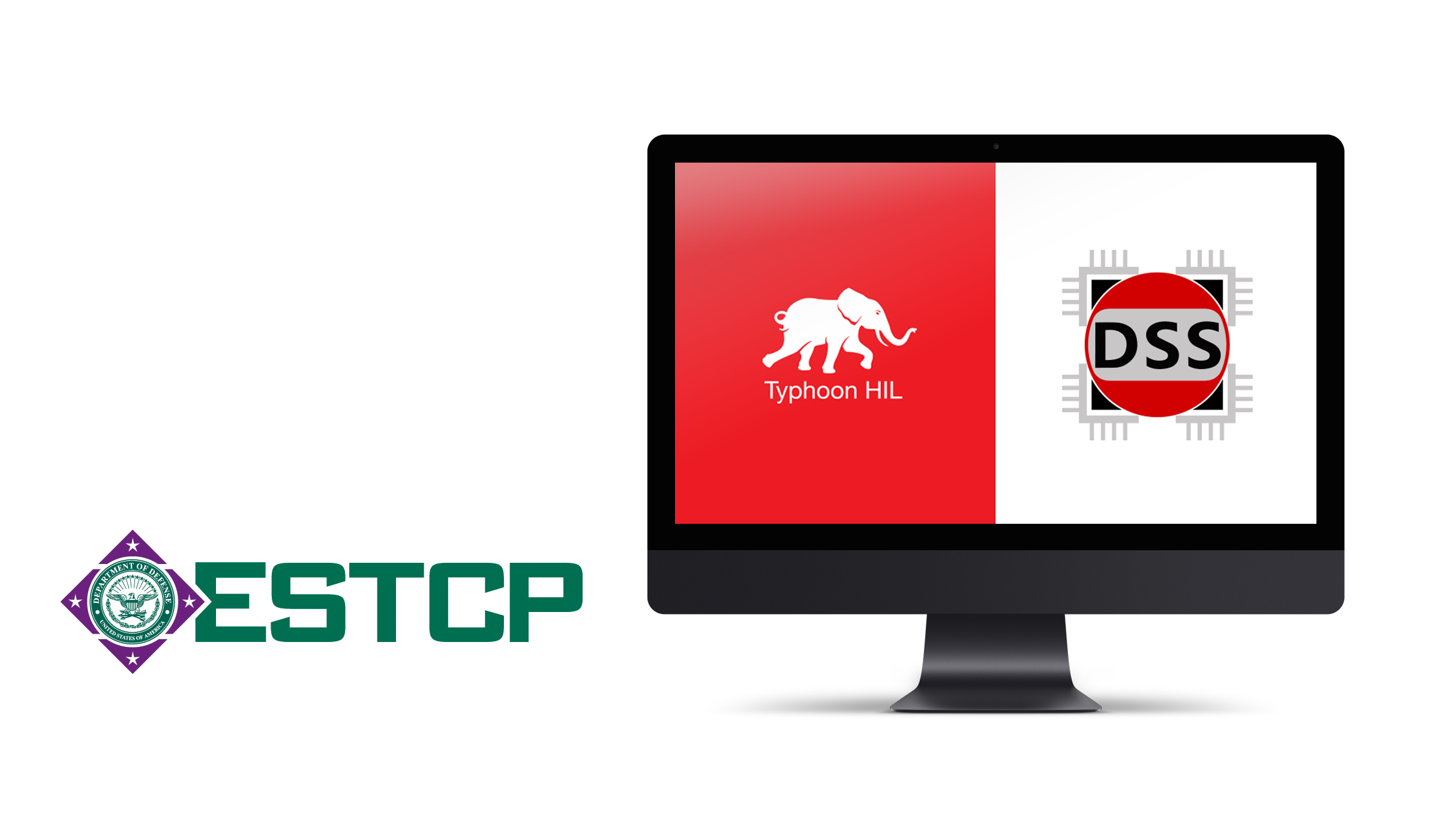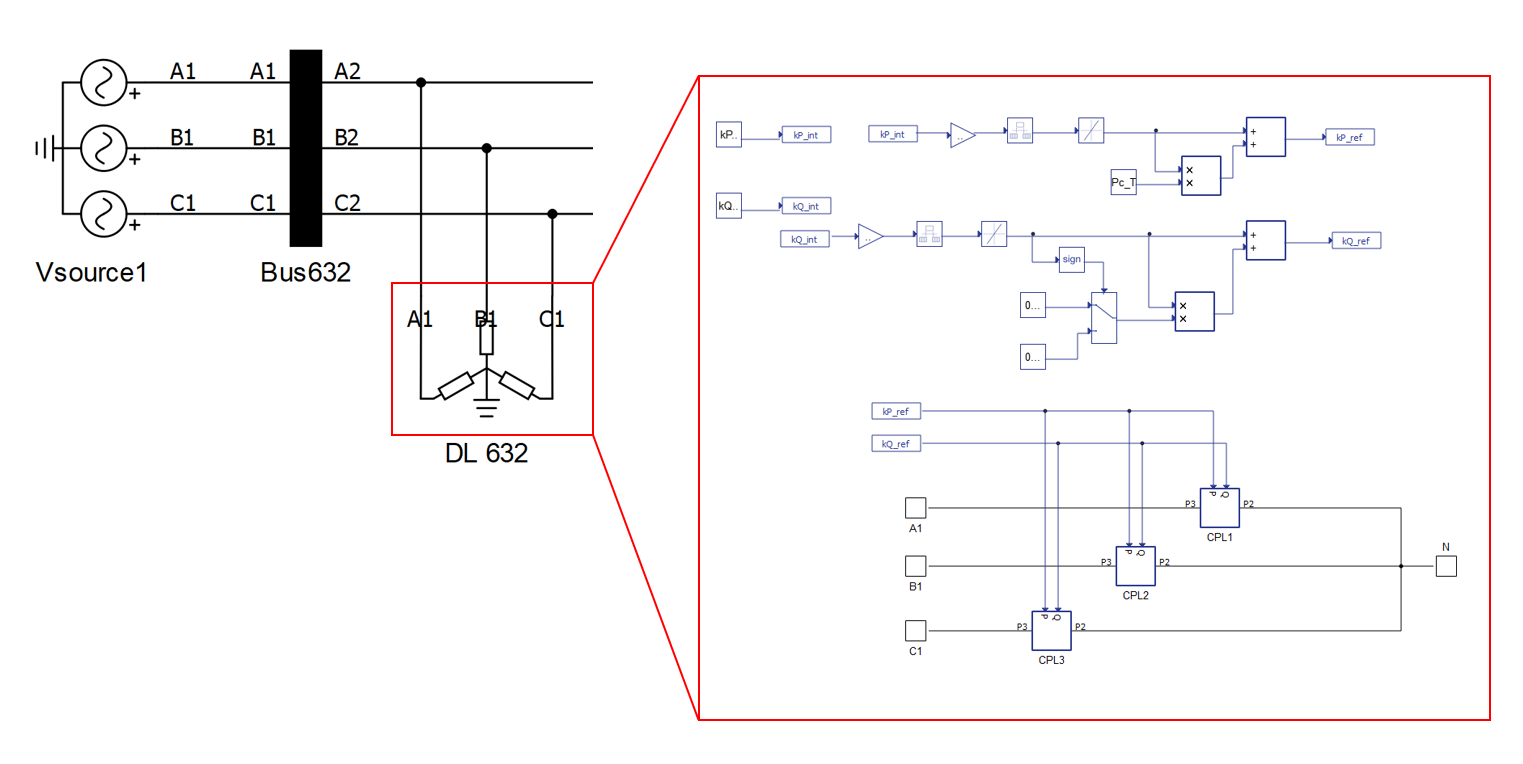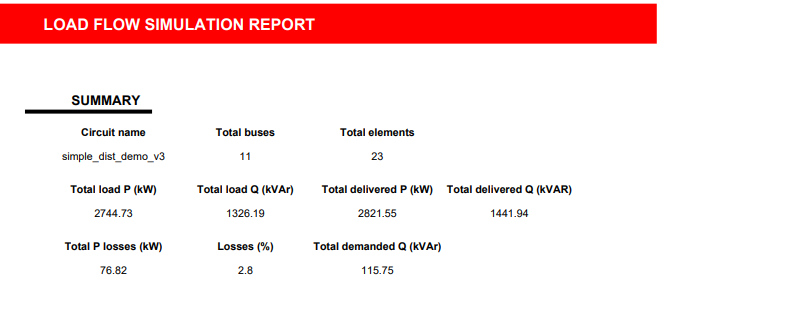
OpenDSS software integration brings power flow with a seamless transition to real-time, deterministic analysis.
In response to the DoD Digital Engineering Strategy (2018), the US Office of the Secretary of Defense’s Environmental Security Technology Certification Program (ESTCP) funded Typhoon HIL to demonstrate the Integrated Model-Based Design Process (IMBDP) for affordable, scalable, and resilient DoD installation microgrids.
.png?width=1529&name=MicrosoftTeams-image%20(14).png)
Figure 1. Example of a distribution system implemented with the OpenDSS Interface Library. Users can execute the Power Flow from the Typhoon HIL Control Center's Schematic Editor.
“Microgrids have great potential to improve the reliability and resilience of energy delivery to critical loads within DoD installations. However, initial cost and complex system integration are barriers that need to be overcome in order to see more widespread adoption. This, to a great degree, is why we have funded projects like IMBDP.
Tim Tetreault
Program Manager
ESTCP Installation, Energy, and Water Program
Microgrid and power systems engineers have traditionally been forced into generating multiple versions of the same model in different tools in support of the unique type(s) of analysis available in each tool. This unique opportunity with ESTCP will yield a workflow and set of tools, available to all Typhoon HIL users, to streamline their approach to microgrid and power system design, development, test, and commissioning with the help of Typhoon HIL’s ultra-high fidelity, real-time analysis capability.

Figure 2. Example of the double nature of the OpenDSS interface library on a Load component. The top-level component interfaces with OpenDSS for Power Flow execution, while the inside of the component interfaces with Typhoon for real-time time-domain simulation.
As an initial step to achieving this new reality, Typhoon HIL has integrated the Open-Source Distribution System Simulator (OpenDSS), which was developed by the Electric Power Research Institute (EPRI), in support of distributed resources integration and grid modernization efforts. In a nutshell, OpenDSS allows users to solve the power flow for the fundamental grid frequency. This integration serves as a power flow analysis tool for early short circuit analysis, protection coordination, and optimal power flow design for a prospective microgrid or power system.

Figure 3. Power Flow report.
Saving time and reducing risk due to errors is fundamental to generating a successful microgrid or power system design. Once a model is started in the OpenDSS side of Typhoon HIL Control Center (THCC), it is easy to transition to the real-time modeling environment found in Typhoon HIL’s Schematic Editor for transient, deterministic analysis. With the click of a button, the user transports their model to the THCC schematic and can continue their design and analysis without the need to redesign their model from scratch.



